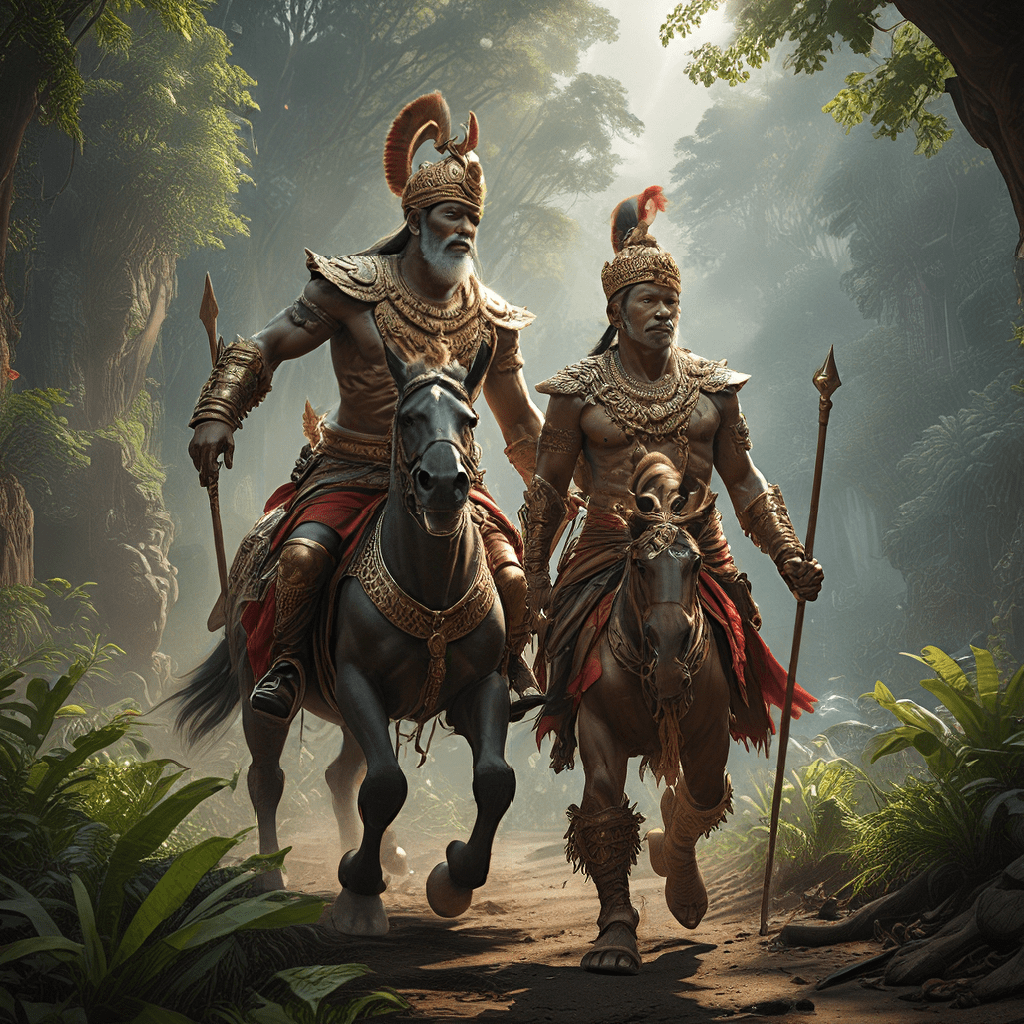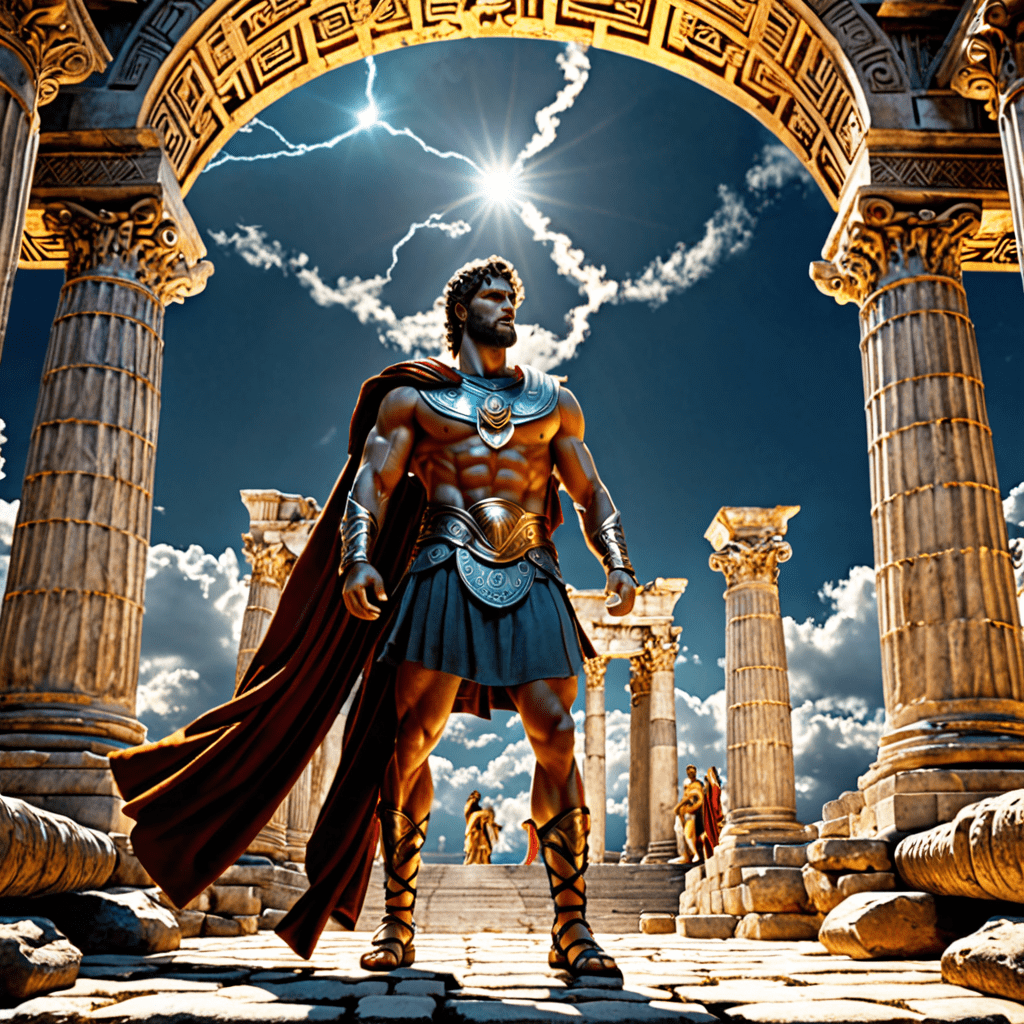Peryton Tales for the Modern Age: Reimagining the Myth for a New Audience
I. Introduction
The Peryton, a fascinating creature from medieval myths, has captured the imaginations of many over the centuries. Originating from the writings of the 16th-century philosopher and historian, the Peryton is described as a hybrid between a deer and a bird, known for its striking appearance and tragic backstory. The significance of reimagining such ancient myths for contemporary audiences lies in their ability to reflect modern values, challenges, and experiences.
This article aims to explore how Peryton tales can resonate today, examining their historical context, modern adaptations, and the themes they embody that continue to be relevant in our lives.
II. The Mythical Peryton: History and Significance
The Peryton is often depicted as a majestic creature with the body of a deer and large, feathered wings. In folklore, it is said that the Peryton can only cast a shadow of a man, hinting at its connection to themes of identity and transformation.
Historically, Peryton tales emerged during a time when mythological creatures served to explain the unknown aspects of nature and humanity. The Peryton, with its unique blend of characteristics, evokes a sense of wonder and curiosity—a reflection of the human desire to explore the boundaries of reality and fantasy.
Key characteristics of the Peryton include:
- Hybrid nature: Combining features of both deer and birds.
- Symbol of lost identity: Its shadow representing a human form.
- Connection to freedom and flight: The ability to soar above the earth.
III. The Peryton in Modern Literature and Media
In recent years, the Peryton has resurfaced in various contemporary works, from novels to video games. Notable examples include:
- The “Peryton” in fantasy role-playing games, where it serves as a creature players can encounter.
- Novels that incorporate Peryton-like beings, reinterpreting their symbolism and lore.
These adaptations often reinterpret the myth to fit modern narratives, exploring themes of identity, loss, and the human condition. The role of fantasy and speculative fiction in reviving ancient myths cannot be understated; they allow creators to breathe new life into age-old stories, making them accessible and relatable to today’s audience.
IV. Themes and Motifs in Reimagined Peryton Tales
Reimagined Peryton tales often explore profound themes that resonate with modern readers. Some of these themes include:
- Identity: The struggle of the Peryton to find its place in a world where it is viewed as an outsider.
- Transformation: The journey from one state of being to another, reflecting personal growth and self-discovery.
- Freedom: The desire to escape societal constraints, much like the Peryton’s ability to fly.
Moreover, the Peryton serves as a metaphor for various modern challenges, such as mental health issues, societal expectations, and the search for belonging. By blending traditional and modern storytelling techniques, writers can craft narratives that resonate deeply with contemporary audiences.
V. Engaging a New Audience: Strategies for Adaptation
To engage a new audience with Peryton tales, creators can employ several strategies:
- Utilizing multimedia platforms: Expanding the myth through podcasts, graphic novels, and interactive storytelling can attract diverse audiences.
- Incorporating diverse perspectives: Retellings that include voices from different cultures and backgrounds can enrich the narrative and broaden its appeal.
- Making myths accessible: Simplifying complex lore and themes can help modern readers relate to ancient stories.
VI. The Peryton in Popular Culture: Reception and Impact
The reception of modern Peryton tales has been largely positive, with audiences embracing the creature’s reimagining in various formats. Social media has played a pivotal role in this revival, allowing fans to share their interpretations and creations, thereby fostering a community around the myth.
Successful adaptations, such as those featured in popular fantasy series, have demonstrated the cultural significance of the Peryton, encouraging discussions about identity, freedom, and the human experience. Case studies of these adaptations reveal how they have influenced contemporary storytelling and audience perceptions of ancient myths.
VII. Creative Writing: Crafting Your Own Peryton Tale
For aspiring writers looking to weave the Peryton into new narratives, here are some tips:
- Start with research: Delve into the lore of the Peryton and its historical significance to understand its roots.
- Experiment with perspective: Consider telling the Peryton’s story from its point of view or from the eyes of a human character.
- Incorporate modern challenges: Use the Peryton’s symbolism to tackle contemporary issues that resonate with readers.
Additionally, writers can engage in exercises such as free-writing sessions about the Peryton’s journey or creating character profiles that explore its emotions and struggles, fostering personal connections to the myth in their writing.
VIII. Conclusion
The enduring power of the Peryton myth lies in its ability to adapt and resonate through generations. By continuing to evolve these ancient stories, we ensure that they remain relevant and impactful in our rapidly changing world. The relevance of ancient myths like the Peryton today serves as a reminder of our shared humanity and the timeless themes that connect us all.



